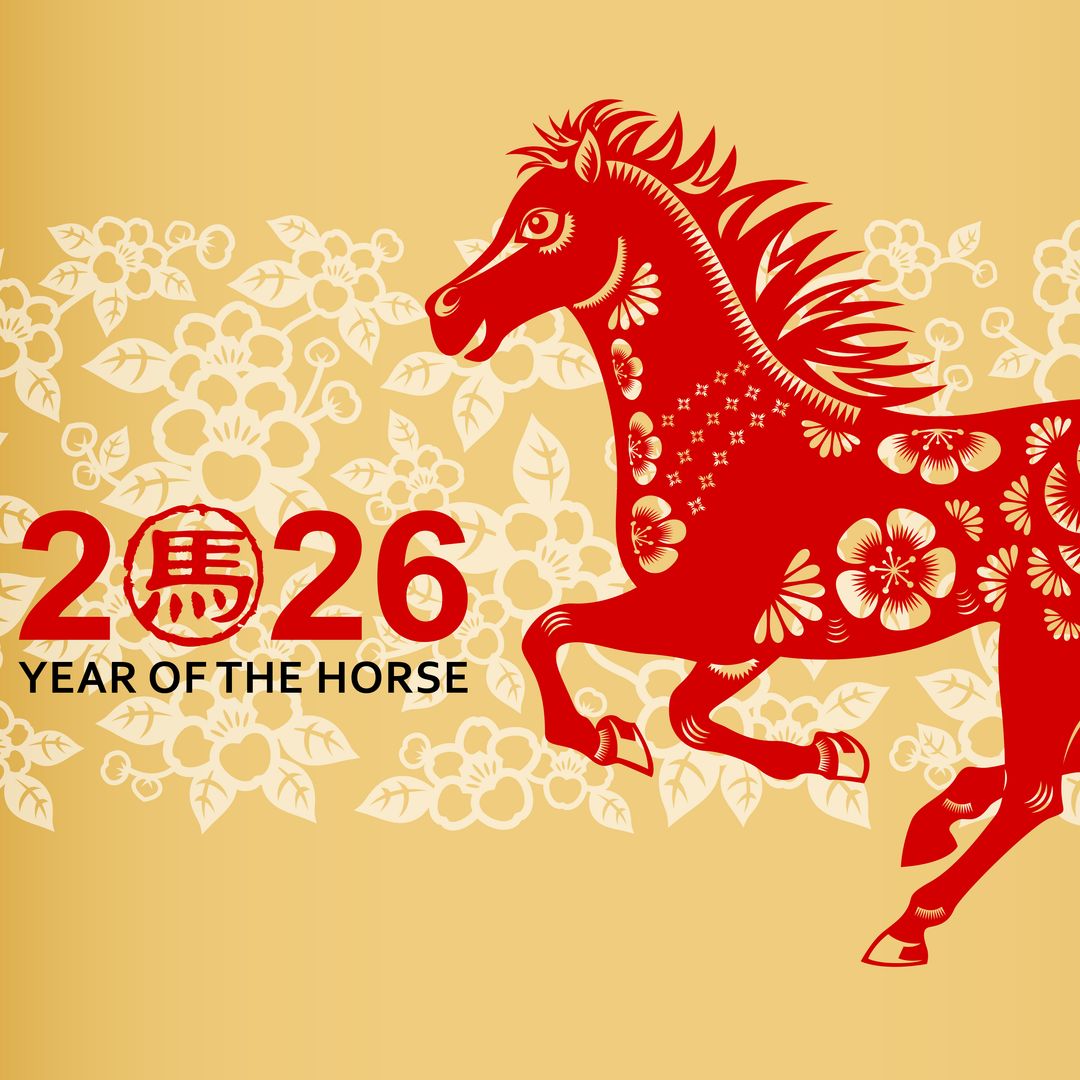The solstice, occurring on Thursday, June 20, at precisely 20:50 Universal Time (4:50 p.m. EDT), marks a significant celestial event. This date signifies the beginning of astronomical summer in the Northern Hemisphere and winter in the Southern Hemisphere. It is a day of extremes, with the longest day in the north and the shortest in the south.
The solstice is a direct consequence of Earth's axial tilt. Our planet is tilted at an angle of 23.5 degrees relative to its orbit around the sun. This tilt, believed to be the result of a colossal impact with an asteroid billions of years ago, causes varying lengths of daylight throughout the year. As Earth travels along its orbital path, different regions receive varying amounts of sunlight.
On the June solstice, the North Pole is tilted closest to the sun, resulting in the longest day of the year for the Northern Hemisphere. Conversely, the South Pole is tilted away from the sun, leading to the shortest day in the Southern Hemisphere. One of the most striking manifestations of the solstice occurs at the poles. On this day, the sun will not set at the North Pole. Instead, it will remain visible for 24 hours, known as the Midnight Sun. At the South Pole, the opposite happens—the sun will not rise, plunging the region into 24 hours of darkness, known as polar night.
Historical Context: The Earliest Solstice Since 1796
This year's solstice is notable for its timing. At 20:50 Universal Time, it is the earliest solstice since 1796. The timing of the solstice can vary slightly each year due to the complex interplay of Earth's orbit and rotational mechanics. Factors such as the slight wobble in Earth's rotation, axial precession, the moon's gravitational influences, and other planets' gravitational influences contribute to these variations.
Cultural and Agricultural Significance
Historically, solstices have held great significance in various cultures around the world. Many ancient civilizations built structures aligned with the solstice sun, such as Stonehenge in England and the pyramids of Egypt. These alignments highlight the solstice's importance in agricultural societies for marking planting and harvesting times. In contemporary times, the solstice is still celebrated in many cultures with festivals and rituals.
In Scandinavia, Midsummer celebrations include dancing, feasting, and lighting bonfires. Indigenous cultures in North America also observe the solstice with various ceremonies and traditions.
Observing the Solstice
For those interested in observing the solstice, the event offers a perfect opportunity to appreciate the natural world's rhythms. This day can be celebrated in the Northern Hemisphere by spending time outdoors and enjoying the extended daylight hours. The Southern Hemisphere marks the beginning of the winter season, a time for introspection and preparation for the colder months ahead.






